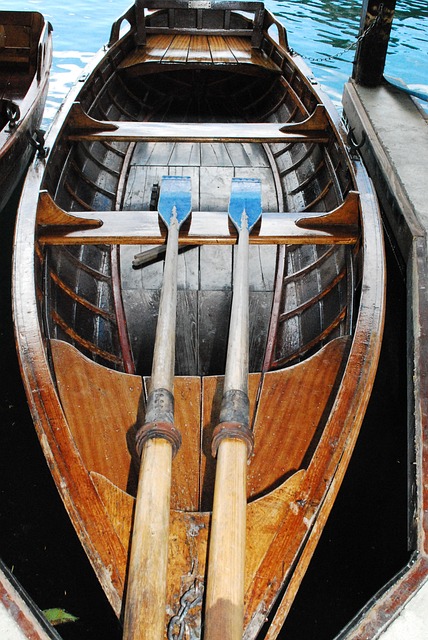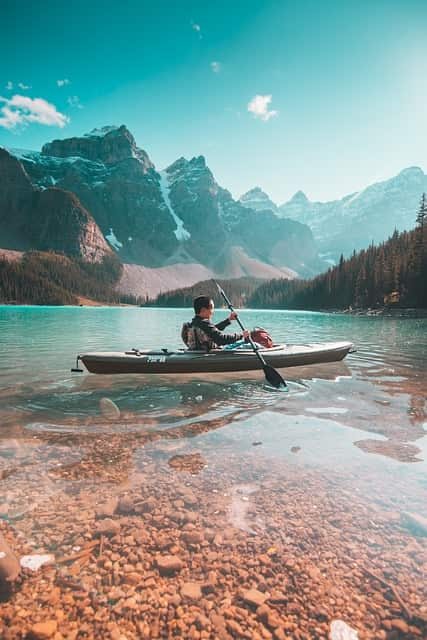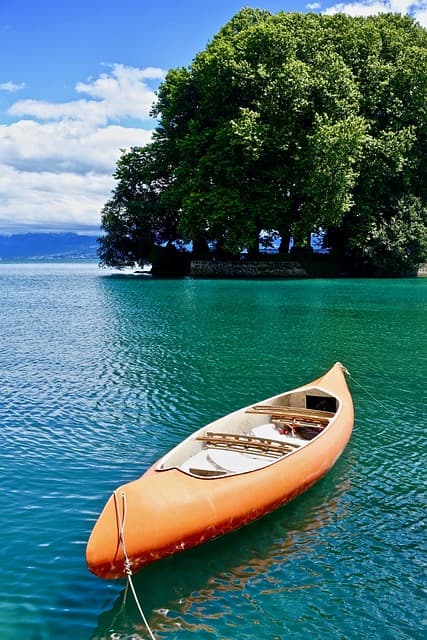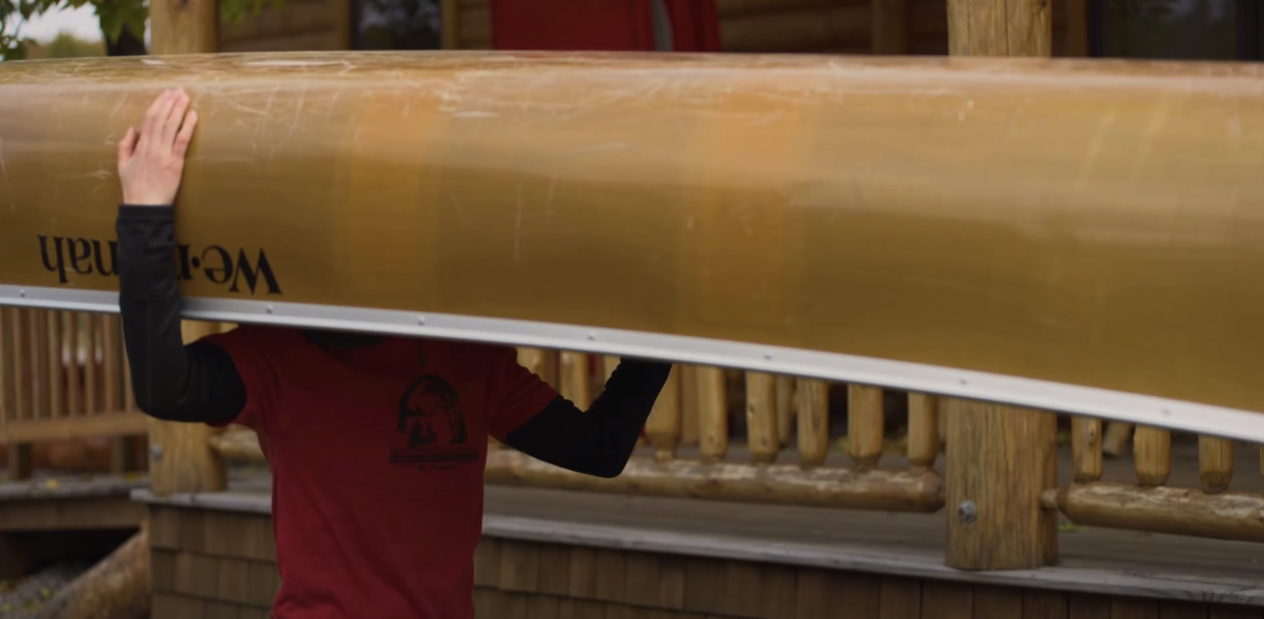Portaging, a practice deeply rooted in outdoor exploration and adventure, requires specialized equipment to ensure a seamless experience. Among the essential gear, canoes stand out as a vital tool for traversing both waterways and land. In this article, we’ll delve into the world of canoes tailored for portaging, examining their features, benefits, and drawbacks. Whether you’re a seasoned paddler or a novice adventurer, this guide will aid you in making an informed choice for your next expedition.
Understanding Portaging and its Challenges
Embarking on an exploration through the world of portaging unveils a fascinating realm where land and water interweave. The journey involves traversing landscapes that challenge both body and mind. In this narrative, we’ll navigate through the intricacies of portaging, unraveling its essence, and exploring the significance of canoes tailored for this unique activity.
Portaging Defined
Portaging is a harmonious dance between land and water, a testament to human ingenuity and the primal desire to explore. In this ritualistic act, intrepid adventurers carry their canoes, laden with gear, across terrains that are not always conducive to effortless navigation. The essence of portaging lies in bridging the geographical gaps between bodies of water, often fragmented by nature’s whims.
Portaging Serves:
- Navigational Necessities: Overcoming obstacles like rapids, waterfalls, and treacherous terrains that break the fluidity of waterways;
- Efficiency and Connectivity: By circumventing lengthy detours, portaging preserves the continuity of an aquatic journey, seamlessly connecting the dots between lakes, rivers, and beyond.
Challenges of Portaging
Portaging is no casual endeavor; it’s a symphony of physical exertion and strategic coordination. It demands unwavering dedication, a dash of teamwork, and can be both exhilarating and arduous. The design and attributes of a canoe take center stage in addressing the unique challenges presented by this activity.
Key Challenges:
- Physical Demand: The very act of carrying a canoe, laden with gear, across varying terrains necessitates a certain degree of physical prowess;
- Team Coordination: Portaging often transforms into a collaborative endeavor, requiring a synchronized team effort to ensure seamless transportation of canoes and equipment;
- Canoe’s Role: The weight, size, and design of a canoe directly impact the efficiency and ease of the portaging process. A well-crafted canoe is like a companion in this journey, making challenges surmountable.
The Canoe’s Role
The canoe, a vessel that symbolizes exploration and unity with nature, morphs into a specialized tool when portaging comes into play. The intricacies of its design influence the very essence of the portaging experience. Here’s a closer look at how the canoe contributes to conquering the challenges of portaging:
| Canoe Attribute | Impact on Portaging |
|---|---|
| Weight | Lighter canoes ease the burden of carrying |
| Size | Optimal dimensions enhance maneuverability |
| Design | A streamlined shape aids in navigating uneven terrains |
Key Considerations for Canoes Designed for Portaging
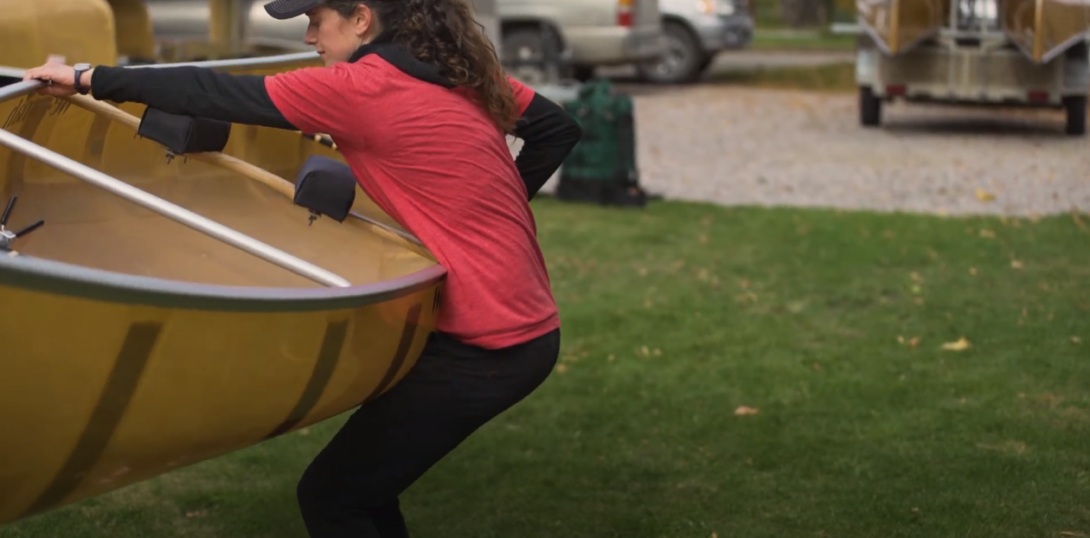
When selecting a canoe for portaging, several factors need to be taken into account to ensure a smooth and comfortable journey. Here are some key considerations to keep in mind:
1. Weight
A paramount factor in the realm of portaging is the weight of the canoe itself. Lightness translates to maneuverability, transforming the challenging task of carrying into a more effortless endeavor. Modern manufacturing techniques have birthed a variety of lightweight materials for canoe construction:
| Material | Characteristics |
|---|---|
| Kevlar | Exceptional strength-to-weight ratio |
| Carbon Fiber | Sturdy yet remarkably light |
| Aluminum | Durable and resistant to impact |
2. Design and Shape
The very design and shape of a canoe for portaging can significantly impact your journey’s quality. A well-thought-out design results in enhanced stability and efficient tracking through water, rendering the entire experience more pleasurable. Essential design features include:
- Flatter Bottom: A flatter bottom lends stability during portaging and offers ease in shallow waters;
- Moderate Rocker: This gentle curvature on the bottom of the canoe aids both portaging and paddling, enabling better maneuverability.
3. Durability
The rugged landscapes encountered during portaging demand canoes that can withstand the trials of the journey. The incorporation of durability-focused features, such as reinforced hulls and impact-resistant materials, guarantees that your canoe remains unscathed:
| Feature | Benefits |
|---|---|
| Reinforced Hull | Resists impact and minimizes wear and tear |
| Impact-Resistant Build | Safeguards the canoe from rugged environments |
4. Portage Yoke or Handles
Comfort is key when transporting your canoe. A well-designed portage yoke or ergonomic handles can make a world of difference, significantly alleviating the physical strain that accompanies carrying a canoe. The focus here is on spreading the load evenly to prevent discomfort:
| Feature | Advantages |
|---|---|
| Portage Yoke | Evenly distributes weight, reducing strain |
| Ergonomic Handles | Facilitates easy lifting and balanced carrying |
5. Storage Capacity
Ample storage space within your canoe is paramount. This ensures that your gear remains secure during portages, preventing mishaps and damage. Whether it’s camping gear, food supplies, or personal items, a well-designed storage layout is essential.
6. Maneuverability
The journey of portaging is often rife with tight spots, uneven pathways, and challenging terrain. Opting for a canoe with exceptional maneuverability ensures that you can gracefully handle these situations, adding an element of control and finesse to your adventure.
7. Length
Striking the right balance between maneuverability and tracking is crucial. Shorter canoes are inherently easier to maneuver, making them ideal for intricate waterways and portaging. Conversely, longer canoes offer superior tracking in open waters. Your choice should be tailored to the specific waterways you anticipate encountering.
Top Canoes for Portaging Adventures
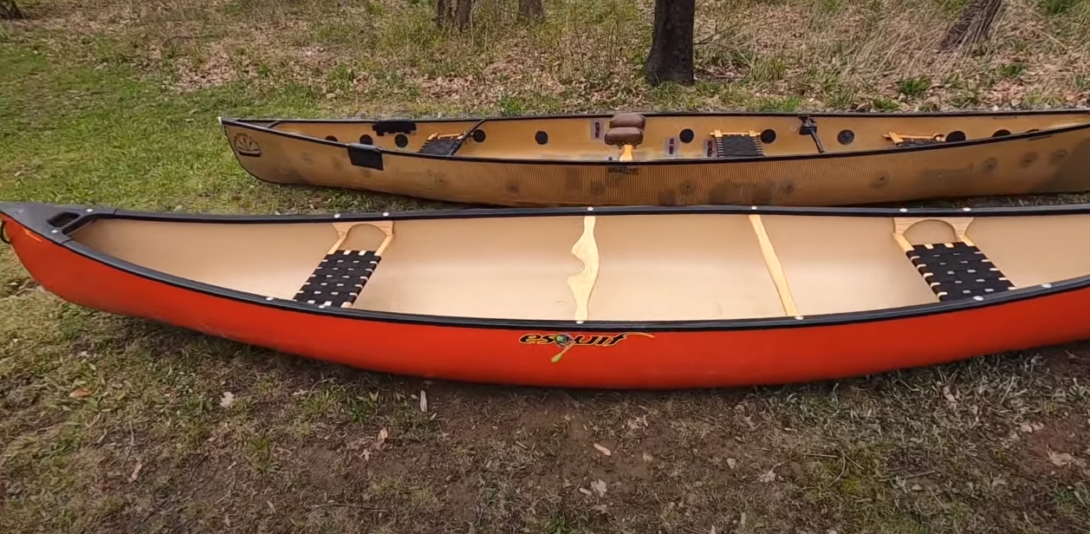
Now that we have a solid understanding of what to look for in a canoe for portaging, let’s delve into some of the top options available. Below, you’ll find a list of canoes that have garnered positive reviews for their portaging capabilities:
| Canoe Model | Weight | Design | Durability | Storage Capacity | Maneuverability | |
|---|---|---|---|---|---|---|
| Swift Prospector | 45 lbs | Moderate rocker, flatter bottom | Kevlar construction | Ample storage compartments | Excellent | $$ |
| Wenonah Prism | 34 lbs | Shallow arch, moderate rocker | Kevlar and carbon construction | Generous storage space | Very Good | $$$ |
| Nova Craft Fox | 43 lbs | Flatter bottom, slight rocker | TuffStuff construction | Multiple storage options | Good | $$ |
| Northstar Northwind | 49 lbs | Shallow arch, moderate rocker | Kevlar and carbon blend | Spacious storage compartments | Very Good | $$$ |
| Old Town Next | 59 lbs | Hybrid design | 3-layer polyethylene | Limited storage | Good | $ |
Conclusion
Selecting the right canoe for portaging can greatly enhance your outdoor exploration experiences. As you embark on your next adventure, remember to consider factors like weight, design, durability, and storage capacity. By aligning your needs with the features of various canoes, you’ll be equipped to make an informed decision that best suits your portaging endeavors.
For better understanding, check this video link showcasing these canoes in action during portaging.
FAQ
While you can technically portage with any canoe, specialized canoes designed for portaging offer features that enhance the experience. Look for lightweight, durable, and maneuverable options.
The size of the canoe depends on the waterways you plan to traverse. Shorter canoes are more maneuverable, while longer canoes track better in open waters. Consider your typical route and balance between maneuverability and tracking.
Yes, using a portage yoke or padded shoulder harness can help distribute the weight evenly. Practice proper lifting techniques, and make sure the canoe is securely fastened to prevent accidents.
Modern lightweight materials like Kevlar and carbon are designed to balance weight and durability. While they may not be as rugged as some heavier options, they are built to withstand the rigors of portaging.
Yes, many portaging canoes are versatile and suitable for various paddling adventures. However, keep in mind that their specialized design might make them perform differently compared to canoes designed solely for leisure paddling.
